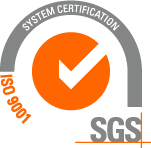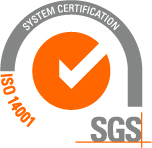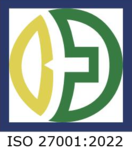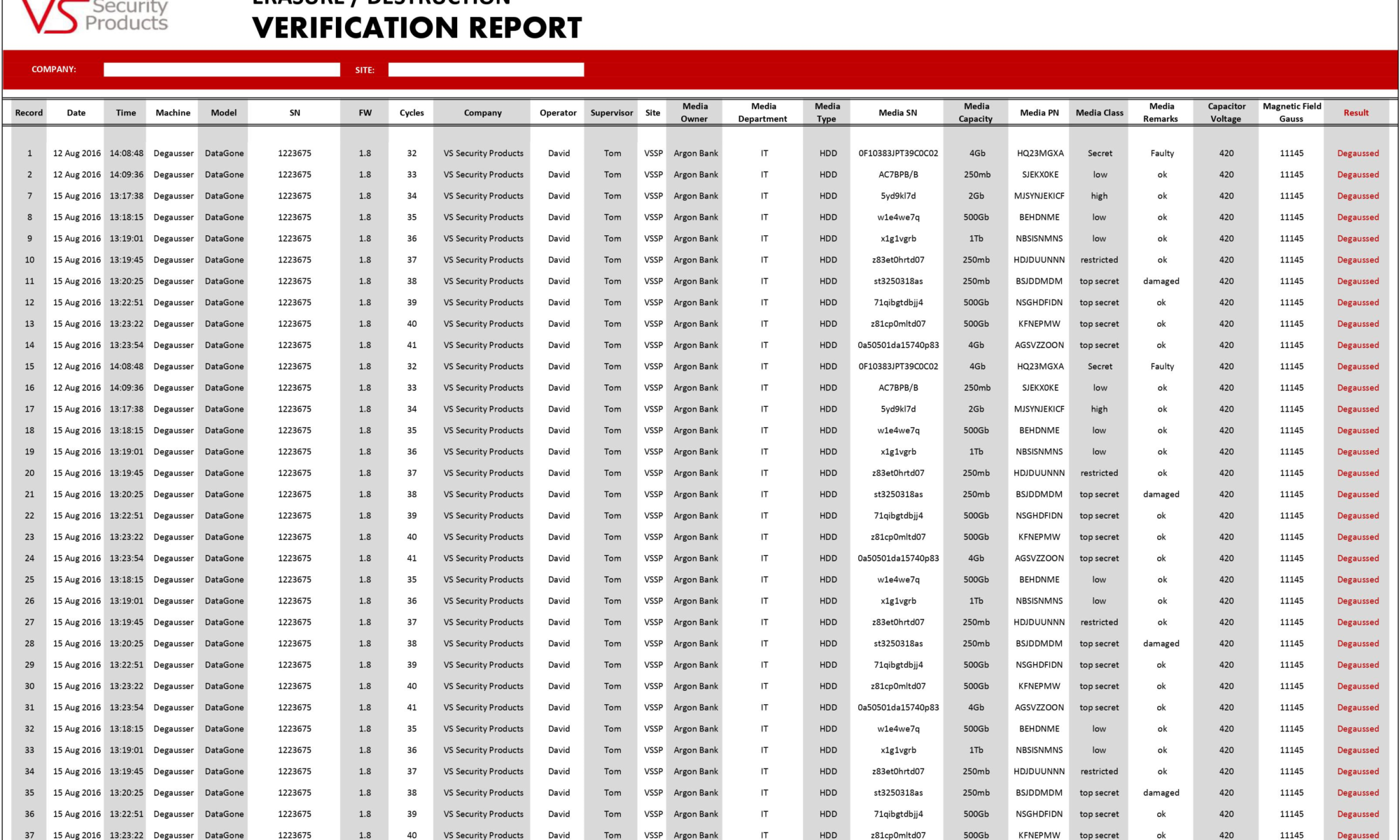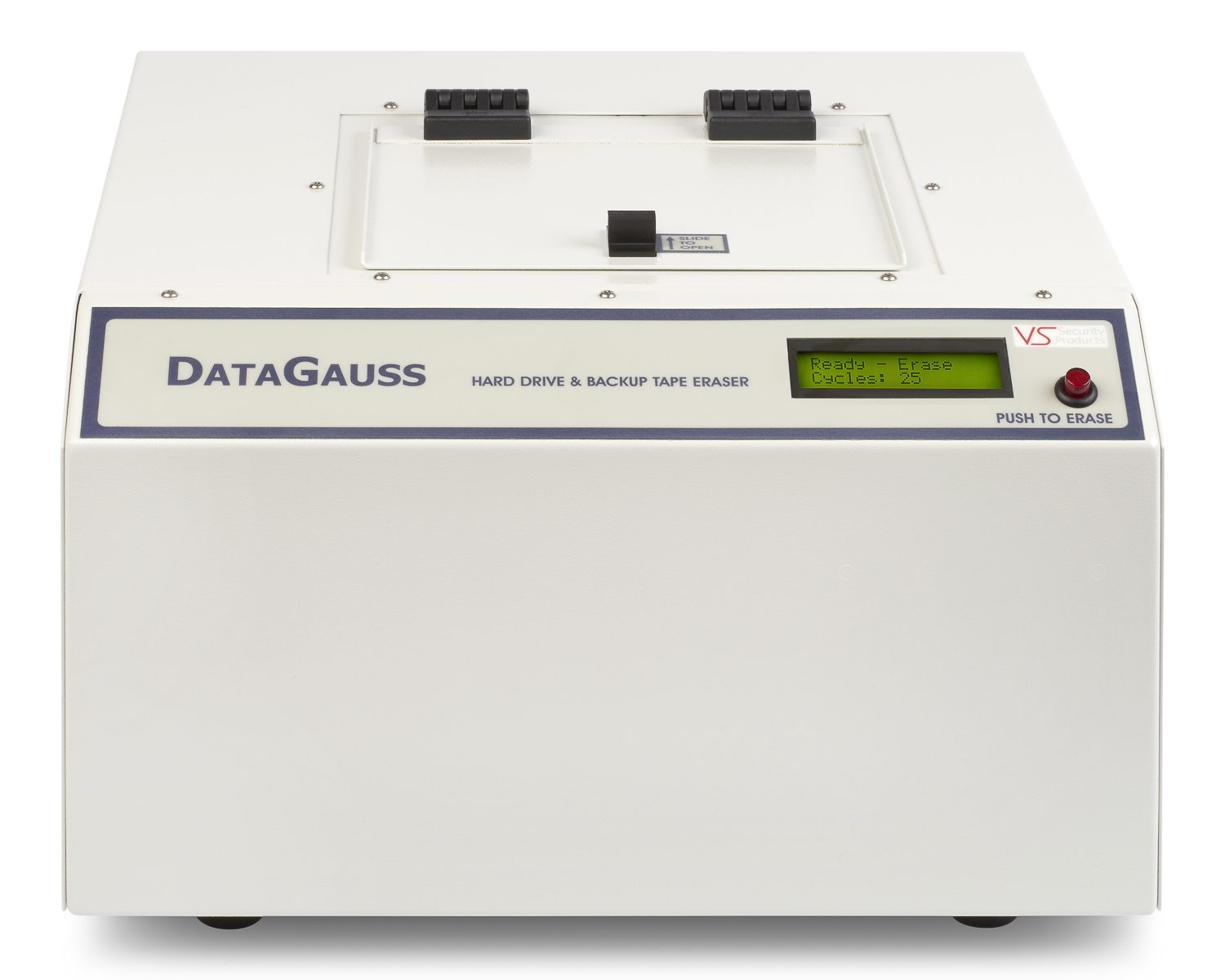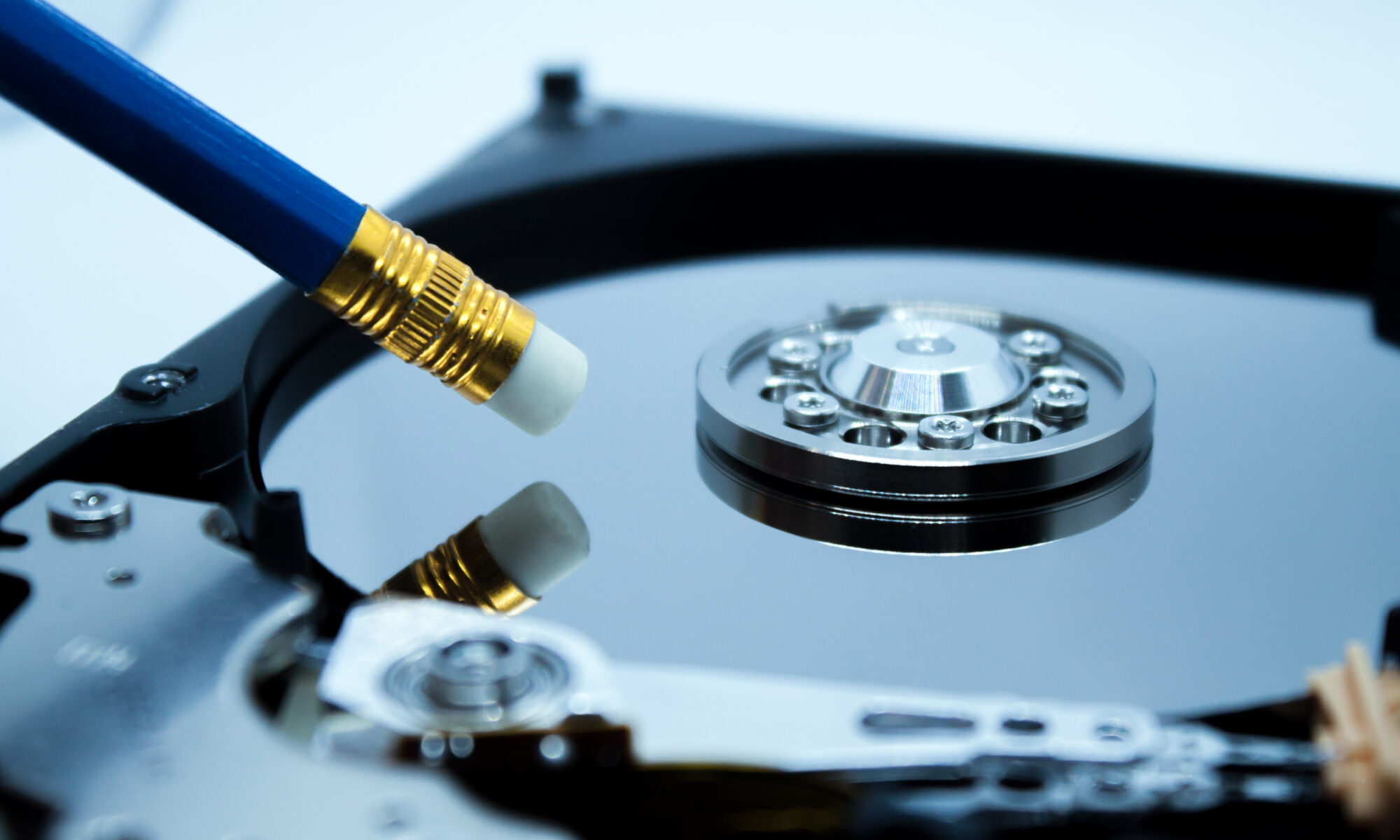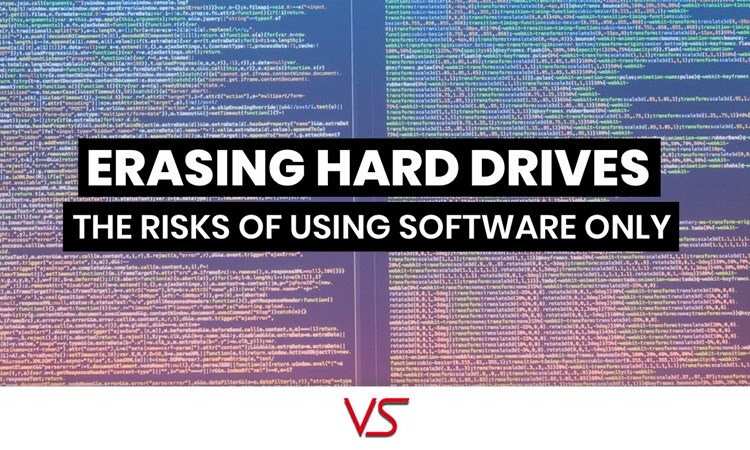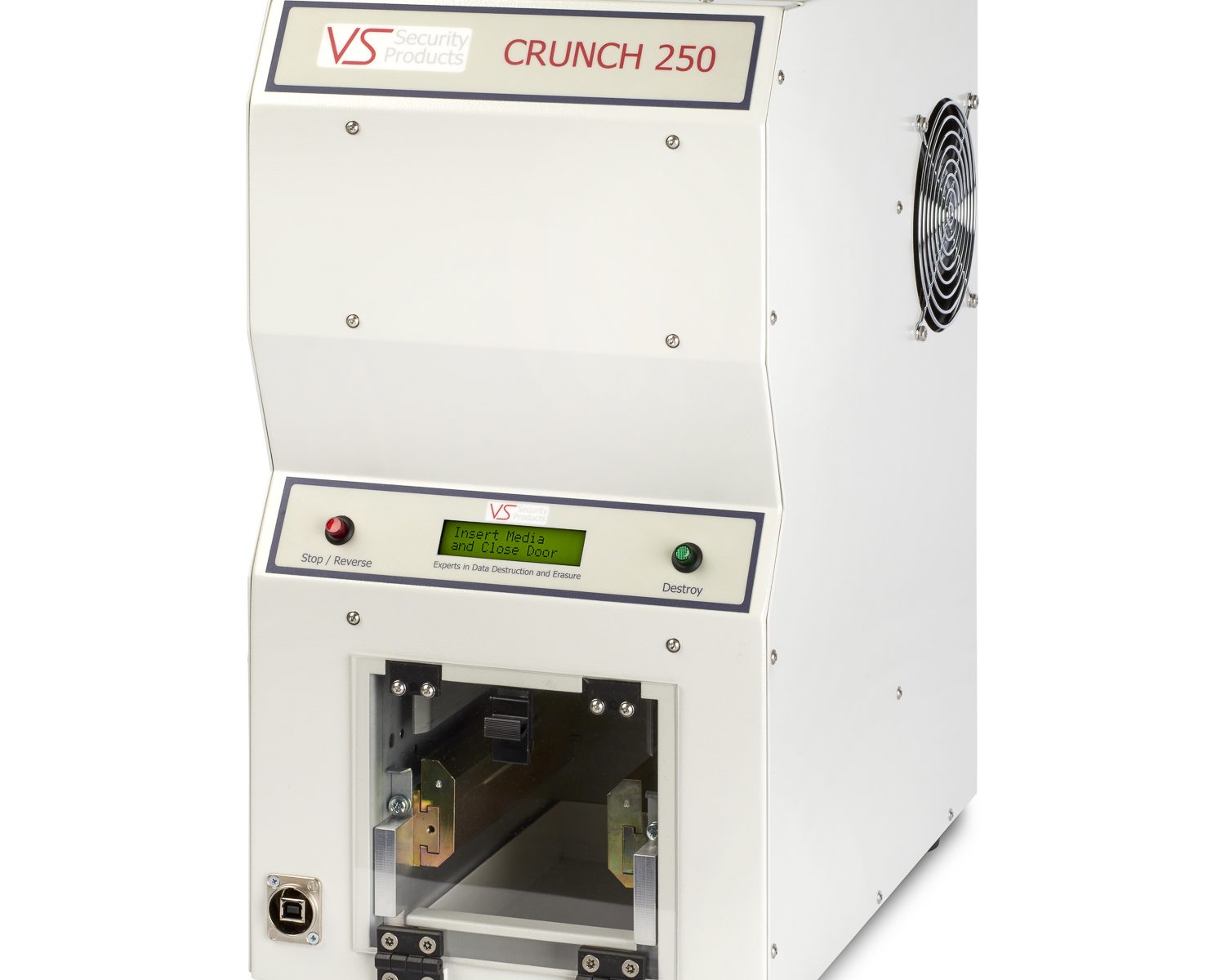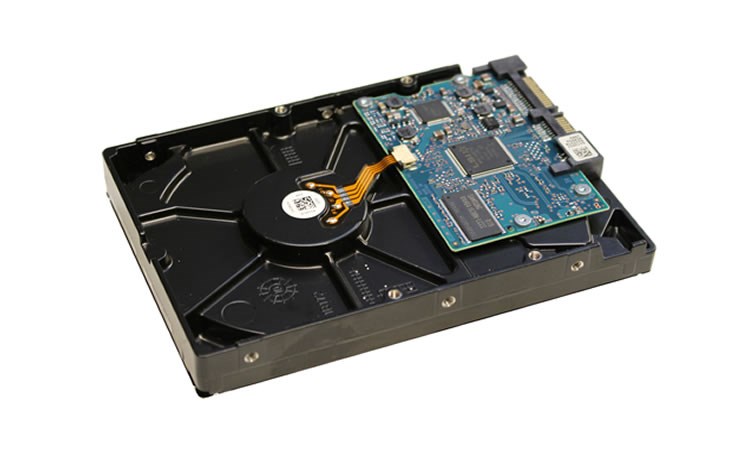Overwriting data on an SSD (Solid State Drive) is generally **not considered secure** for erasing data, unlike traditional HDDs (Hard Disk Drives). This is due to the fundamental differences in how SSDs manage data storage. Here are the key reasons why overwriting is not secure for SSDs:
1. **Wear Leveling**
– SSDs use a technique called **wear leveling** to distribute write operations evenly across all memory cells. This prevents any single cell from wearing out prematurely.
– When you attempt to overwrite a file, the SSD’s controller may redirect the new data to a different physical location, leaving the original data intact in the original cells.
– As a result, the old data may still exist in the drive, even after overwriting.
2. **Over-Provisioning**
– SSDs have extra storage space called **over-provisioning**, which is used for maintenance tasks like wear leveling and garbage collection.
– This space is not directly accessible to the user, and data stored in these areas cannot be overwritten by standard overwrite commands.
– Old data may remain in these hidden areas, making overwriting ineffective for secure erasure.
3. **Garbage Collection**
– SSDs use **garbage collection** to free up space by erasing unused blocks of data.
– When you delete or overwrite a file, the SSD marks the data as “invalid” but does not immediately erase it. The actual erasure happens later during garbage collection.
– Until the garbage collection process runs, the original data may still be recoverable.
4. **Lack of Direct Access to Memory Cells**
– Unlike HDDs, where the operating system can directly overwrite specific sectors, SSDs abstract the physical memory cells through a controller.
– This means that even if you overwrite a file, the SSD controller may not actually overwrite the physical location where the original data is stored.
5. **Reduced Drive Lifespan**
– SSDs have a limited number of write cycles (endurance). Overwriting data unnecessarily consumes these cycles, reducing the lifespan of the drive.
– For this reason, SSDs are designed to minimize unnecessary write operations, which further complicates secure erasure through overwriting.

